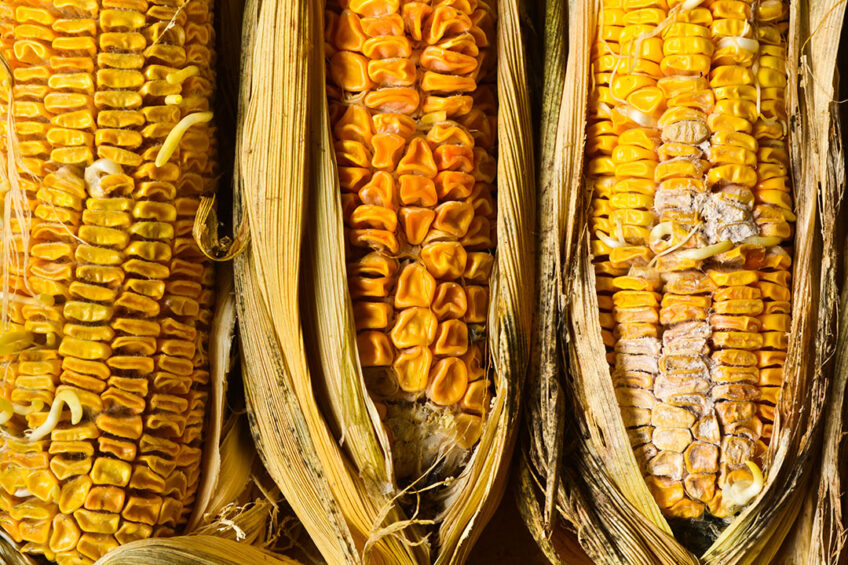High levels of DON in European corn and wheat harvest

Many parts of Europe can expect potentially harmful levels of mycotoxin contamination in the upcoming 2020 corn (maize) and wheat harvest, according to the results of Biomin’s Mycotoxin Prediction Tool.
One major trend identified in the firm’s forecast of mycotoxin occurrence is that deoxynivalenol (DON), or vomitoxin, has a high probability to exceed a risk threshold level of 150 parts per billion (ppb) in corn in Central, Eastern and Southern Europe, and a similarly high probability to exceed 150 ppb in wheat in Northern Europe.
The forecast is based on a proprietary mycotoxin prediction tool that delivers daily assessments of expected mycotoxin levels in corn and wheat harvests.
Mycotoxin prediction
“Our aim with the prediction tool is to provide an assessment of likely mycotoxin occurrence as accurate as your daily weather forecast,” explained Dr Timothy Jenkins, Development Scientist at Biomin.

The Mycotoxin Prediction Tool uses sophisticated algorithms that draw upon 15 factors and the extensive proprietary data set compiled through the Biomin Mycotoxin Survey, the longest running and most comprehensive survey of mycotoxin occurrence in animal feed worldwide.
“Weather is the single most important factor in terms of predicting mycotoxin occurrence, and it dominates the reasons for year-to-year fluctuations in mycotoxin patterns we observe in a given region,” stated Dr Jenkins.
Based on the tool, weekly updates on the risk of mycotoxins in European region will be available here. The Mycotoxin Prediction Tool generates predicted risk of fumonisins, aflatoxin, deoxynivalenol and zearalenone in corn and deoxynivalenol and zearalenone in wheat.
Source and for more info: Biomin
Join 13,000+ subscribers
Subscribe to our newsletter to stay updated about all the need-to-know content in the dairy sector, two times a week.










